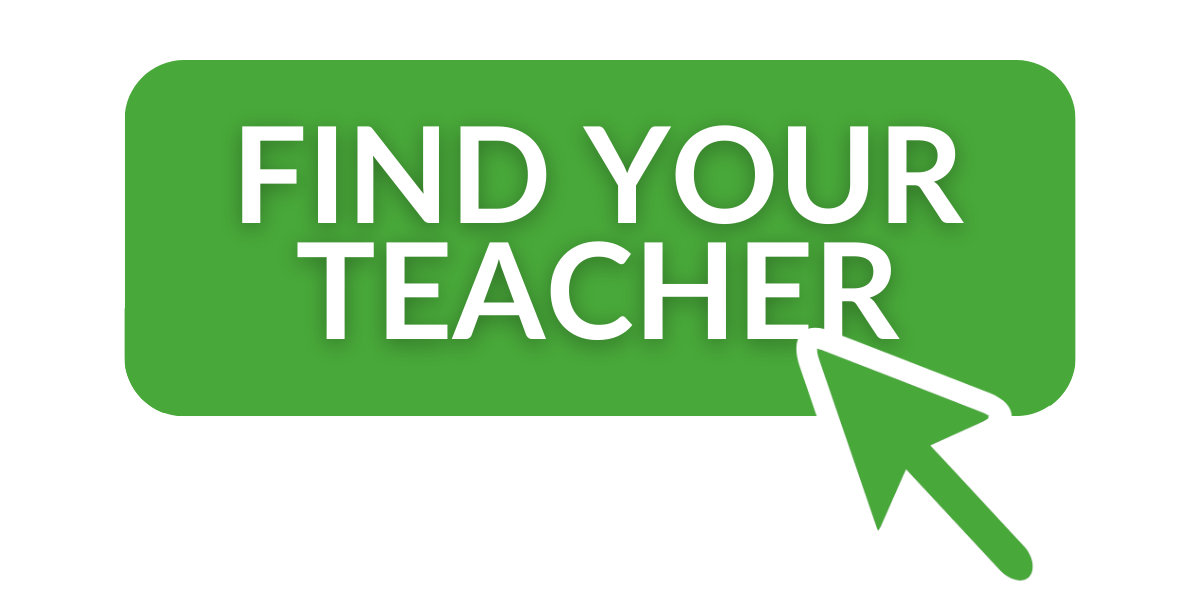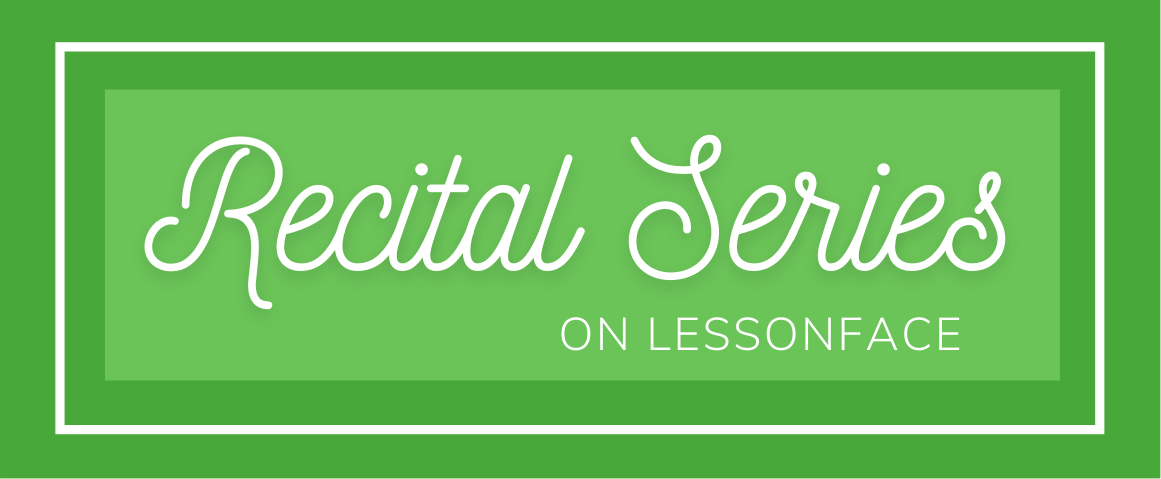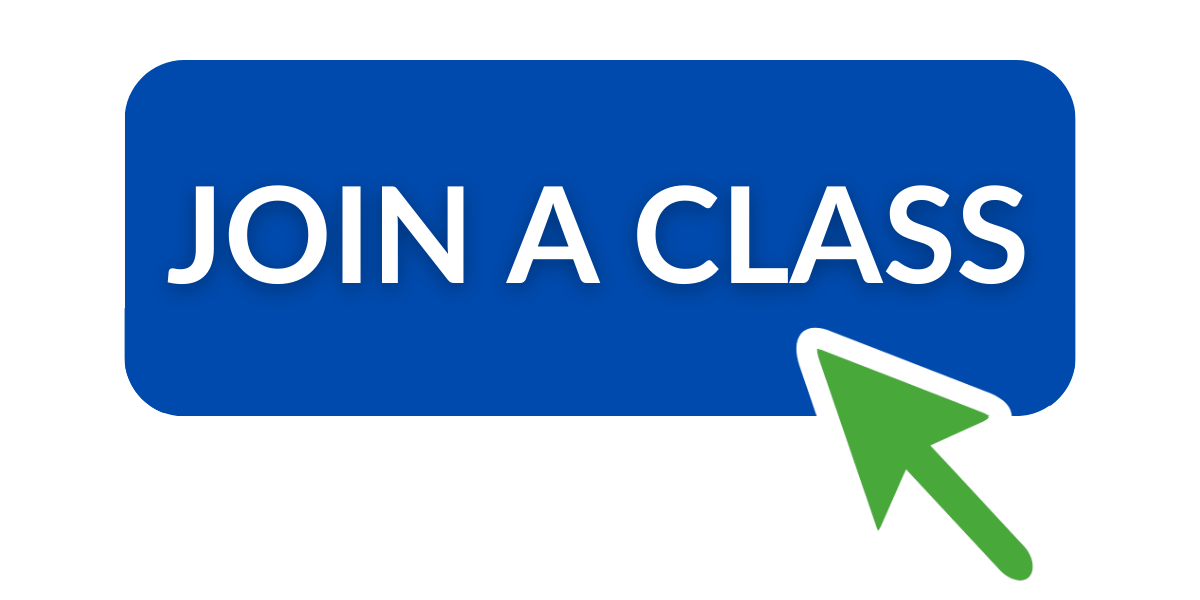Lessonface’s weekly GO classes have been a big hit the last few months. Having an inexpensive option for regular online music instruction has appealed to many curious music students.
As a teacher, I’ve been really enjoying Spanish Fingerstyle Guitar on Tuesdays. I’ve taught a few group courses online before, but this is the first group class I’ve ever taught with an ongoing and spontaneous nature - that is, no start/end date, I’m never quite sure who will show up on a given day. Lately, there have been several regular attendees, and most classes also have a few drop-ins who are checking out the course. Some drop-ins I see for one class only, others stay for a few weeks and then drop in occasionally every now and then (when they have time or feel ready for new material, I suppose).
In contrast, most other group classes have a set start-date and end date, a specific curriculum plan and learning goals, and a set roster for the duration of the course. Private lessons, while they may not have a defined end date, usually follow some sort of long-term plan. Private lesson students fall into a regular rhythm of practice and private lessons to check their progress.
The very nature of Lessonface’s GO classes is that they are self-contained, so that students can try them out and come when it’s convenient for them, and not worry about missing a week and having to catch up. A long-term subscription to a drop-in style class is an interesting opportunity for learning. You’re sure to learn a lot of material. Though it could also pose some unique challenges, particularly if you’re a relative beginner and the GO class is your primary source of instruction.
One of my GO class ‘regulars’ recently asked ‘I was thinking to myself, if I come to class every week, am I supposed to remember 52 songs at the end of the year? Or is there a way to gently build onto some themes and so we can play longer songs by putting things together.’
This is how I’d recommend approaching GO classes. I’d imagine this approach would work for many GO classes, not just my Spanish Fingerstyle class.
(1) Build a regular practice routine that follows this basic formula:
-
Technique (concentrated focus on some of the fundamentals of guitar playing - for example, scales, arpeggios, chord changes, ligados).
-
Old repertoire - maintaining and polishing several favorite pieces that you’ve already learned
-
New repertoire - new songs that you love and want to learn to play well
-
Musical growth - this can be a lot of things, and can shift as you learn and grow as a musician and your needs change. For example, it could be learning to read music notation, learning music theory, ear training, improving sight-reading or improvising, or listening to classic repertoire in your chosen genre.
(2) Here’s how you can adapt the material from the Spanish Fingerstyle GO class, for example.
-
Choose some pieces you already know (from previous classes) to turn into your ‘technique’. I don’t teach exercises or scales in my GO class, but a piece doesn’t have to be a scale or exercise to use it to improve your technique. For example, choose a few pieces that have used primarily arpeggios, and these are your arpeggio studies. Choose another that has lots of hammer-ons and pull-offs, and you have a ligado study.
-
Repertoire - in answer to my student’s question, no, you don’t have to remember all 52 pieces!! Pick your favorites to be your ‘long-term’ repertoire. I may occasionally build on material for a few continuous weeks, but keeping things accessible to drop-ins and learnable within a single class has to be my priority for this class.
-
Learning new music - with each new piece presented in the GO class, give yourself the week to do what you can with it. Learning new music quickly is a skill that must be developed, and it’s a great asset to any musicians. After that week with the new piece, decide if you like it enough to keep playing, and, if so, take your time with it, memorize it, get it as polished as you can and move it to the ‘Repertoire to Maintain’ category.
-
Musical growth - you could use the GO class to improve your speed-learning and compile technique tips
-
Learning music quickly. Think of each GO class like a speed-learning challenge. Make it your goal to have each piece under your fingers by the end of each class, even if it’s not perfect or memorized yet.
-
Take notes. I don’t go in depth into technical concepts in my GO class, but I do explain some things about hand position, posture, etc., as they arise. Anytime a tip strikes you as new and useful information, write it down and remember it.
-
(3) Particularly if you’re new to guitar, there is really no substitute for private lessons. In private lessons, an instructor’s tips, feedback, and suggested repertoire are tailored to your individual needs. Private lessons are more expensive than group lessons, but they don’t have to be weekly for your playing to benefit.
You could use the GO classes for weekly new material and inspiration, and budget for a single monthly private lesson. This doesn’t necessarily have to be with the same teacher of the GO class. It could be, but new perspectives are useful too. Ongoing private lessons would be a more appropriate setting to focus on longer pieces that may take several months to learn.
Hope this helpful! If you have other tips - either as a student or teacher - on how to make the most of a GO class subscription, please share them!




